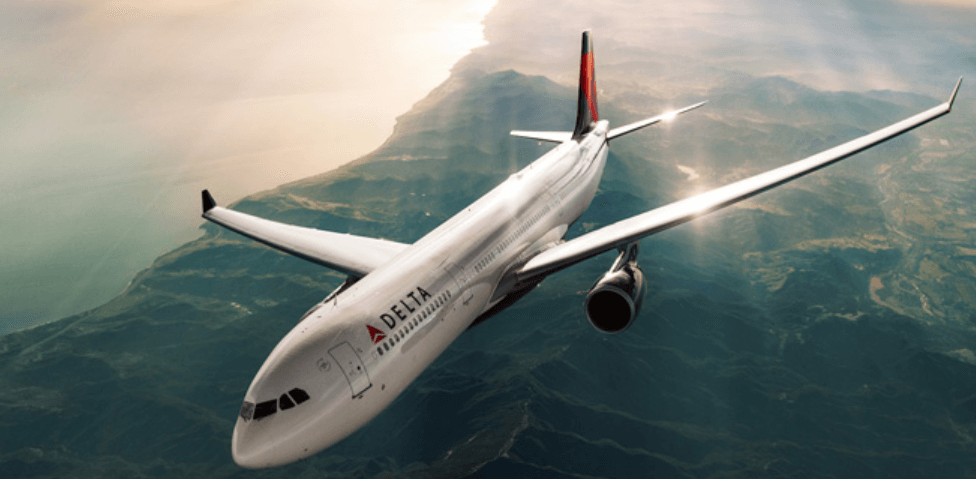Have you ever boarded a plane only to hear the pilot announce an unexpected diversion? That’s exactly what happened with Delta Flight DL275, which recently made headlines after being diverted to Los Angeles International Airport (LAX). Let’s break down what happened, why flights are diverted, and how it affects travelers.
Overview of Delta Flight DL275
Route and Schedule
Delta Flight DL275 typically operates on a long-haul international route, connecting major cities across continents. Like most Delta flights, it runs on a fixed schedule, ensuring smooth travel for hundreds of passengers daily.
Aircraft Details
The aircraft for DL275 is usually a wide-body jet, designed for long-distance international travel. These planes are well-equipped with advanced safety systems, yet even the most reliable aircraft may face circumstances requiring diversions.
What Does “Diverted Flight” Mean?
A flight diversion happens when an aircraft changes its planned destination and lands at a different airport.
Common Reasons for Diversions
-
Bad weather conditions at the destination
-
Technical issues on board
-
Passenger medical emergencies
-
Air traffic congestion
Passenger Experience During Diversions
While diversions may feel alarming, they are usually precautionary. Airlines prioritize passenger safety above all else.
The Incident: Delta Flight DL275 Diverted to LAX
Timeline of Events
Midway through its journey, Delta Flight DL275 was redirected to Los Angeles. Passengers reported an announcement from the cockpit explaining the situation.
Official Airline Statement
Delta confirmed the diversion, assuring passengers that safety was never compromised and that the decision was made with caution.
Possible Causes Behind the Diversion
While the exact reason hasn’t been publicly confirmed, common possibilities include:
Weather Issues
Storms, turbulence, or poor visibility often force pilots to change course.
Medical Emergencies
A sick passenger might require urgent medical attention at the nearest capable airport.
Technical/Mechanical Problems
Pilots sometimes detect warning indicators that necessitate precautionary landings.
Air Traffic Control Decisions
Congestion or emergencies at the destination airport can cause diversions.
Impact on Passengers
Delays and Rebooking
Diversions often cause delays, with passengers needing to rebook connecting flights.
Passenger Safety Priority
Despite the inconvenience, diversions demonstrate airlines’ strict safety-first policies.
Compensation and Assistance
Depending on the situation, Delta may provide food vouchers, accommodations, or compensation.
Delta’s Safety Protocols
Pilot Decision-Making Process
Pilots undergo rigorous training to make quick, safe decisions during unexpected events.
Emergency Preparedness
Flight attendants are trained to handle medical, mechanical, and security issues.
Coordination with Ground Staff
As soon as the diversion is decided, ground teams at LAX are alerted for passenger handling.
Reactions from Passengers and Witnesses
Social Media Updates
Some passengers took to Twitter and Instagram to share their experiences mid-flight and upon arrival at LAX.
First-Hand Accounts
Most reports highlight Delta’s professionalism in keeping passengers calm and informed.
Comparisons with Past Diversions
Delta, like other major airlines, has experienced diversions before. In fact, they are part of standard aviation operations and rarely signal danger.
Why Los Angeles International Airport (LAX)?
LAX is one of the busiest airports in the world, making it a prime diversion hub.
Airport Facilities and Readiness
With advanced medical facilities, large runways, and Delta operations, LAX is well-equipped to handle such diversions smoothly.
The Role of Flight Tracking
Aviation enthusiasts quickly spotted the diversion on flight-tracking apps like FlightAware and Flightradar24. These tools allow the public to follow live flight paths, altitude, and changes in real time.
Public Response and Media Coverage
News outlets quickly picked up the story, emphasizing safety and Delta’s efficient handling of the situation. Aviation forums buzzed with discussions about possible causes.
The Bigger Picture: Aviation Safety
Diversions remind us of the unpredictability of air travel. However, they also highlight the resilience of aviation safety systems. Every diversion, no matter how inconvenient, puts passenger safety at the forefront.
Travel Tips for Passengers During Diversions
-
Stay Calm and Informed: Listen to crew announcements.
-
Know Your Rights: Airlines have obligations to assist in delays.
-
Be Flexible: Diversions are often beyond airline control.
-
Pack Essentials: Keep medicine, chargers, and snacks handy.
-
Expect Delays: Have a backup plan for missed connections.
Conclusion
The diversion of Delta Flight DL275 to LAX serves as a reminder that while air travel is generally safe, unexpected events can occur. Whether caused by weather, medical needs, or technical issues, diversions are always guided by one principle: passenger safety first.
FAQs
1. Why was Delta Flight DL275 diverted to LAX?
The official reason has not been disclosed, but possible causes include weather, technical issues, or a medical emergency.
2. Do passengers get compensation for diverted flights?
Yes, depending on the situation, airlines may offer vouchers, hotel stays, or rebooking options.
3. Is a flight diversion dangerous?
Not usually—diversions are precautionary and designed to protect passengers.
4. Why is LAX commonly chosen for diversions?
LAX has excellent facilities, large runways, and is a Delta hub, making it ideal for unexpected landings.
5. How can passengers stay updated during a diversion?
By listening to announcements, checking airline apps, and using flight-tracking tools.
